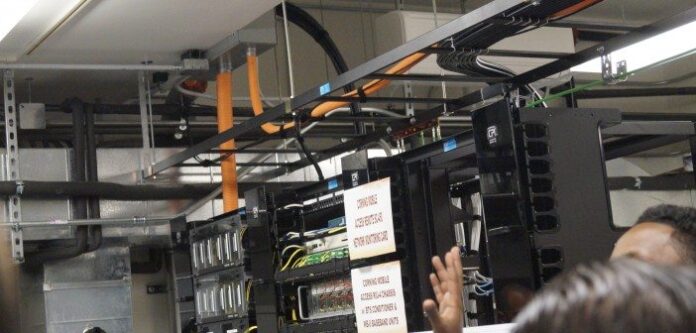Small cell and DAS options said to require flexibility in terms of deployment models, financing on all sides in order to meet end goals
LAS VEGAS – Flexibility was a key term bandied about by panel members at this week’s DAS & Small Cell Congress during a discussion on funding models for small cell and distributed antenna system deployments. Those panel members included a range of interest outside traditional telecom carriers, including a tower company and property management organizations.
Looking at what has changed in terms of deployment models for small cells and DAS, Denny Albertini, VP of small cell sales at Crown Castle, noted the industry has become more flexible in terms of how costs are shared as well as creative in terms of how to solve deployment challenges.
That creativity and flexibility was highlighted by Mark Cross, director of mobility for Caesars Entertainment Services, who noted the company works with three different deployment models in terms of its telecom deployment and management needs. Those include various ways in which the costs of deployments and operations are shared between Caesars, telecom operators and equipment vendors, a model impacted by the desirability of the company’s venues.
“We have very desirable facilities that carriers like, so that impacts our models,” Cross explained.
A different perspective was provided by Chris Kimbrough, managing director at property management company CBRE, who suggested the telecom industry take a step back from its acronym-heavy lingo and realize most enterprises are not impressed by such terms, and instead are just interested in what small cell and DAS technology can do for them.
“Slides are really not going to get there,” Kimbrough said. “They just want to know if you are going to fulfill their needs. … There is a level of disconnect and we need to take a step back when talking with people not familiar with telecom.”
In addition to simplifying the language, there was also a request to get in as soon as possible with venue owners and enterprises in terms of what their needs are in order to reduce overall deployment costs. Albertini noted one of the benefits in working with a third party like Crown Castle is if a specific venue’s needs are not high on the list of priorities for a cellular carrier, they can work to “get it more priority.”
In providing a final, overriding message, Cross went back to the well in noting there needed to be “flexibility in working through the deployment structure. I think we are achieving that now, but we need to keep working on flexibility and of doing things differently.”
Bored? Why not follow me on Twitter

